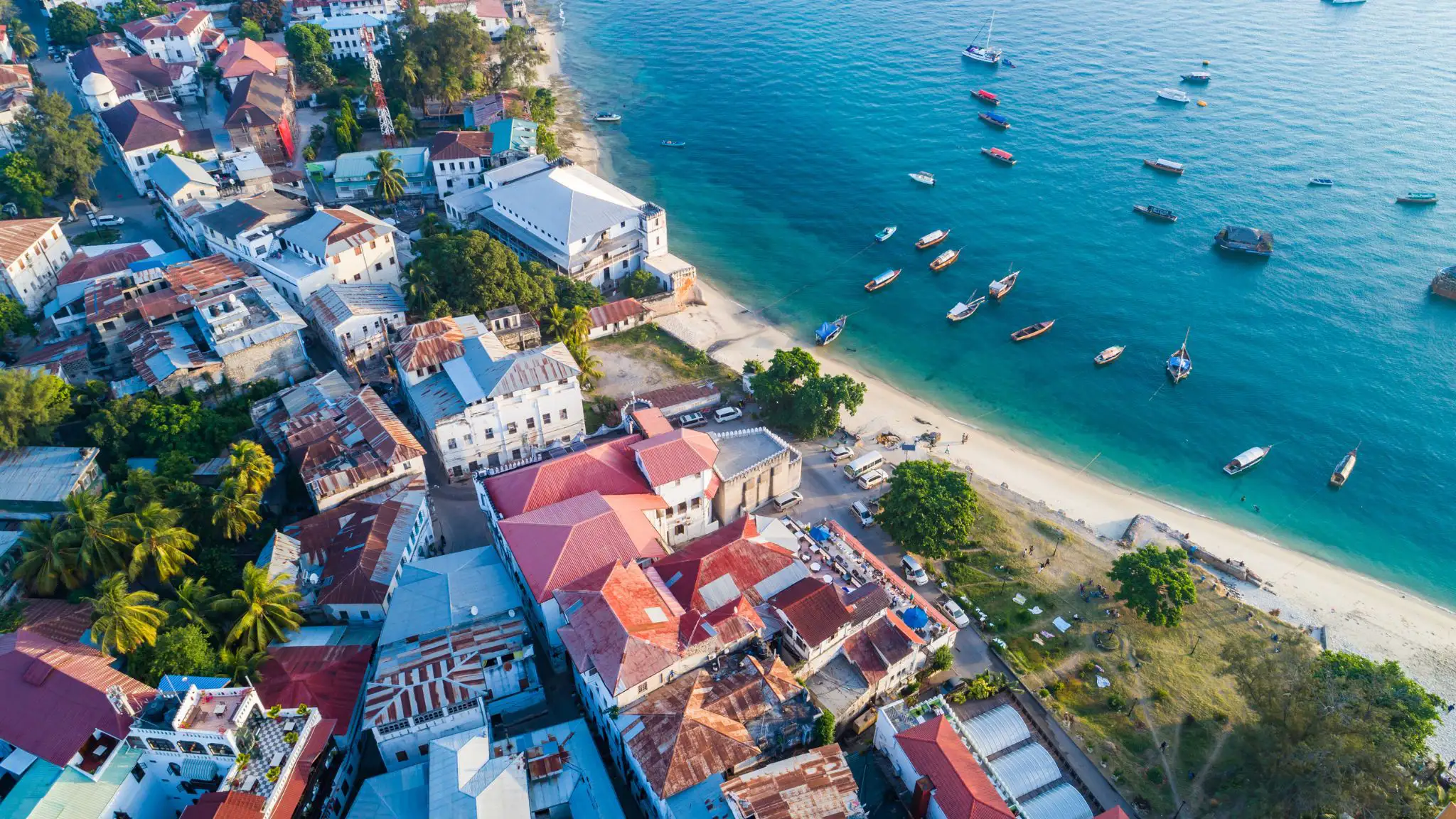Threats like overfishing, pollution and climate change drive the need for the urgent management of ocean resources. With over three billion people depending on a healthy ocean for their well-being and more than 350 million jobs tied to ocean industries, continued exploitation of marine resources could lead to devastating consequences.
However, Blue Finance offers a concept that focuses on sustainable investment in ocean-related industries, providing a way to balance economic opportunities with environmental stewardship. In East Africa, particularly in Kenya and Tanzania, blue finance is becoming an essential tool for unlocking the potential of the blue economy while protecting valuable marine ecosystems.
It refers to financial mechanisms designed to support the sustainable development of ocean resources, and encompasses investments in sectors like fisheries, renewable ocean energy, marine conservation, coastal tourism, and shipping. The goal is to create long-term, environmentally friendly economic opportunities that contribute to the health of the oceans.
Importance of Blue Finance for Kenya and Tanzania
Kenya and Tanzania stretch extensively along the coastlines of the South West Indian Ocean, rich in marine biodiversity. Their economies heavily depend on ocean resources, particularly in sectors like fishing and tourism. However, these resources face increasing pressures, including overfishing, coastal degradation, and climate change impact. Blue finance presents an opportunity to shift from unsustainable practices to prioritizing environmental and social sustainability.
In 2018, the Kenya government launched the Blue Economy Strategy, focusing on fisheries, marine transport and tourism sectors with a goal of increasing ocean-based GDP while ensuring sustainability. Tanzania has prioritized marine conservation and sustainable management of its coastal resources to improve livelihoods and protect biodiversity.
Kenya’s blue economy strategy has sparked interest in investments that support sustainable fisheries, coastal tourism, and renewable energy. Thus leading to the country exploring marine spatial planning, which directs investments to the most sustainable and impactful areas of ocean-based projects. Private sector investments in eco-tourism are also on the rise, with ventures focusing on the conservation of coral reefs and marine life.
Tanzania may develop blue bonds to fund sustainable marine infrastructure, such as eco-friendly ports and renewable ocean energy projects. Fisheries management is another area where blue finance can play a significant role, ensuring sustainable harvesting practices and improving local livelihoods.
Blue finance presents immense opportunities in Kenya and Tanzania, though there are challenges in scaling up investments. These include limited data on ocean resources, weak regulatory frameworks, and access to financing for smaller, community-based projects. It offers Kenya and Tanzania a pathway to harness their rich marine resources while ensuring sustainability for future generations.
By attracting investment in ocean industries that prioritize environmental protection and food security, both nations can build a resilient and thriving blue economy. Both countries must strengthen policies, improve environmental data collection, and foster regional cooperation to unlock the full potential of the blue economy. As global demand for sustainable solutions grows, Kenya and Tanzania are positioned to become leaders in the blue economy, benefiting both their economies and the health of their oceans.

